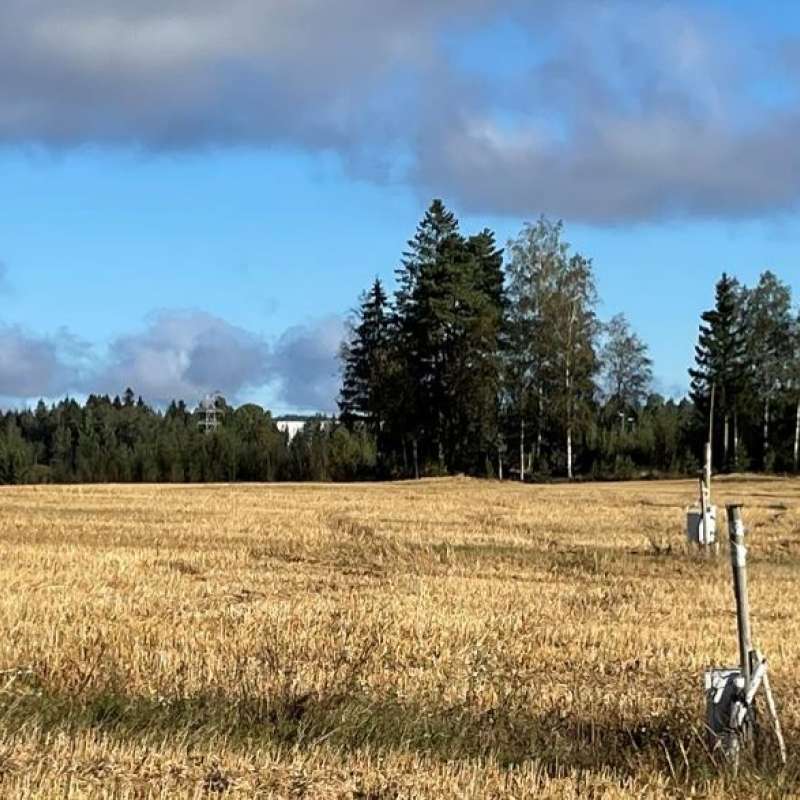Tomas Persson
Research Scientist
(+47) 466 30 485
tomas.persson@nibio.no
Place
Særheim
Visiting address
Postvegen 213, NO-4353 Klepp stasjon
To document
Authors
Mohammad Tirgariseraji A. Pouyan Nejadhashemi Mahmood Sabouhi Sabouni Yaghoob Jafari Tomas Persson Alisher Mirzabaev Alireza Nikouei Kieron Moller Naser Shahnoushi ForoushaniAbstract
No abstract has been registered
To document
Authors
Jian Liu Hilmar Tor Sævarsson Marianne Bechmann Tore Krogstad Tomas Persson Anne Falk ØgaardAbstract
No abstract has been registered
Abstract
No abstract has been registered

